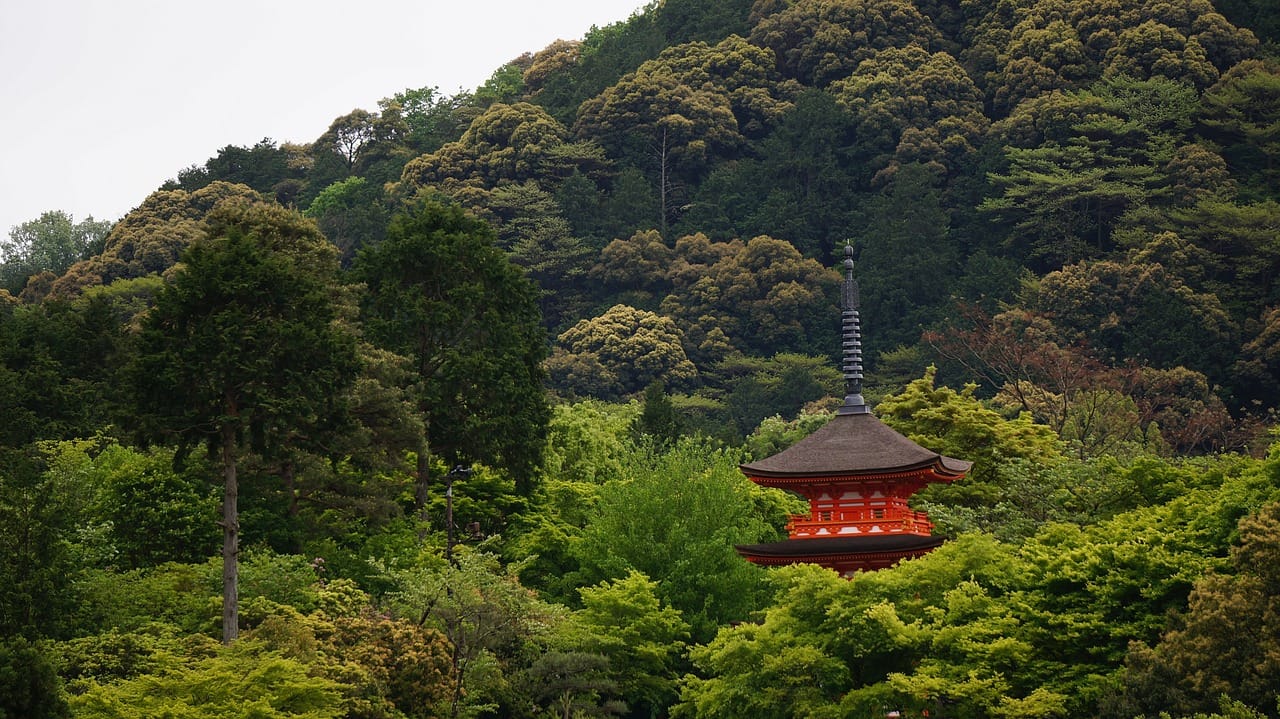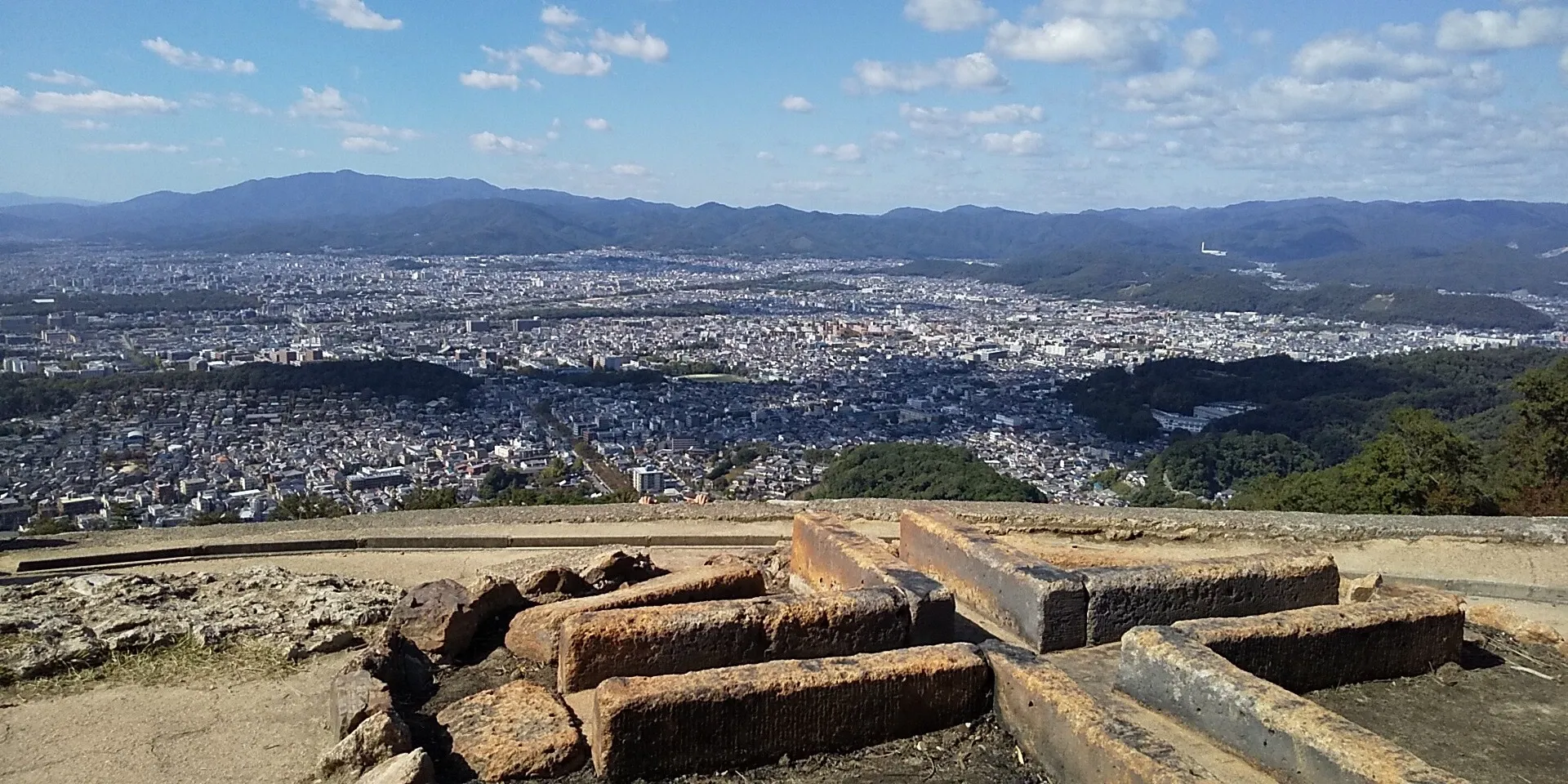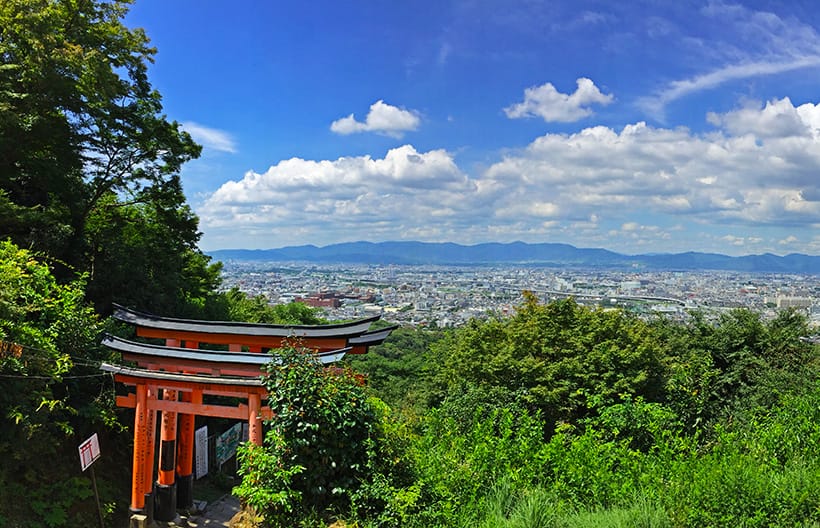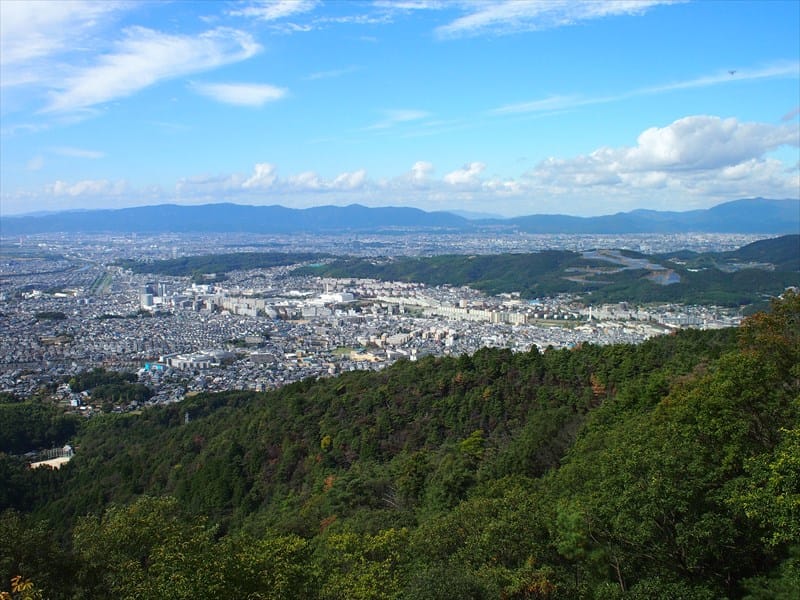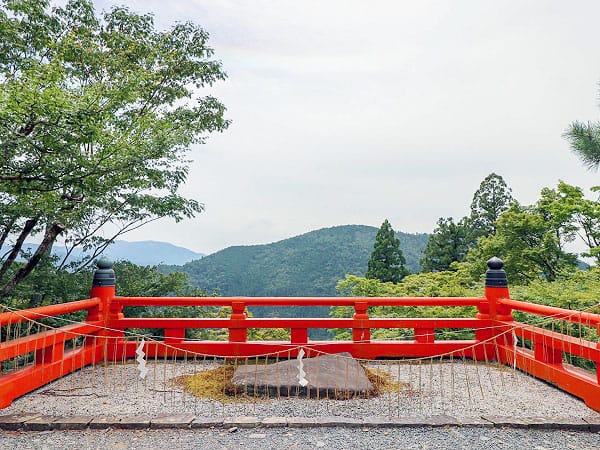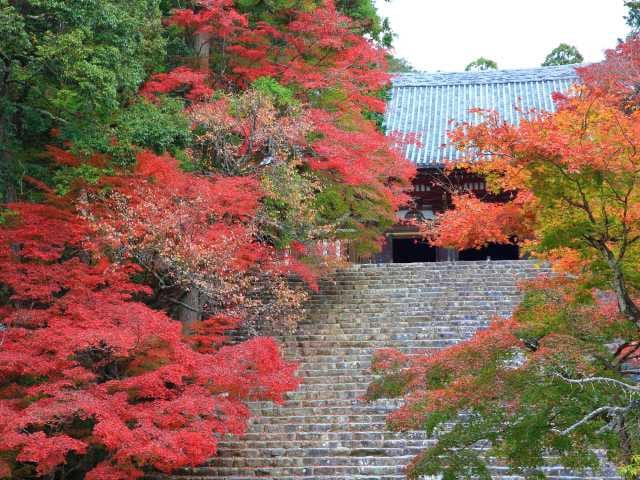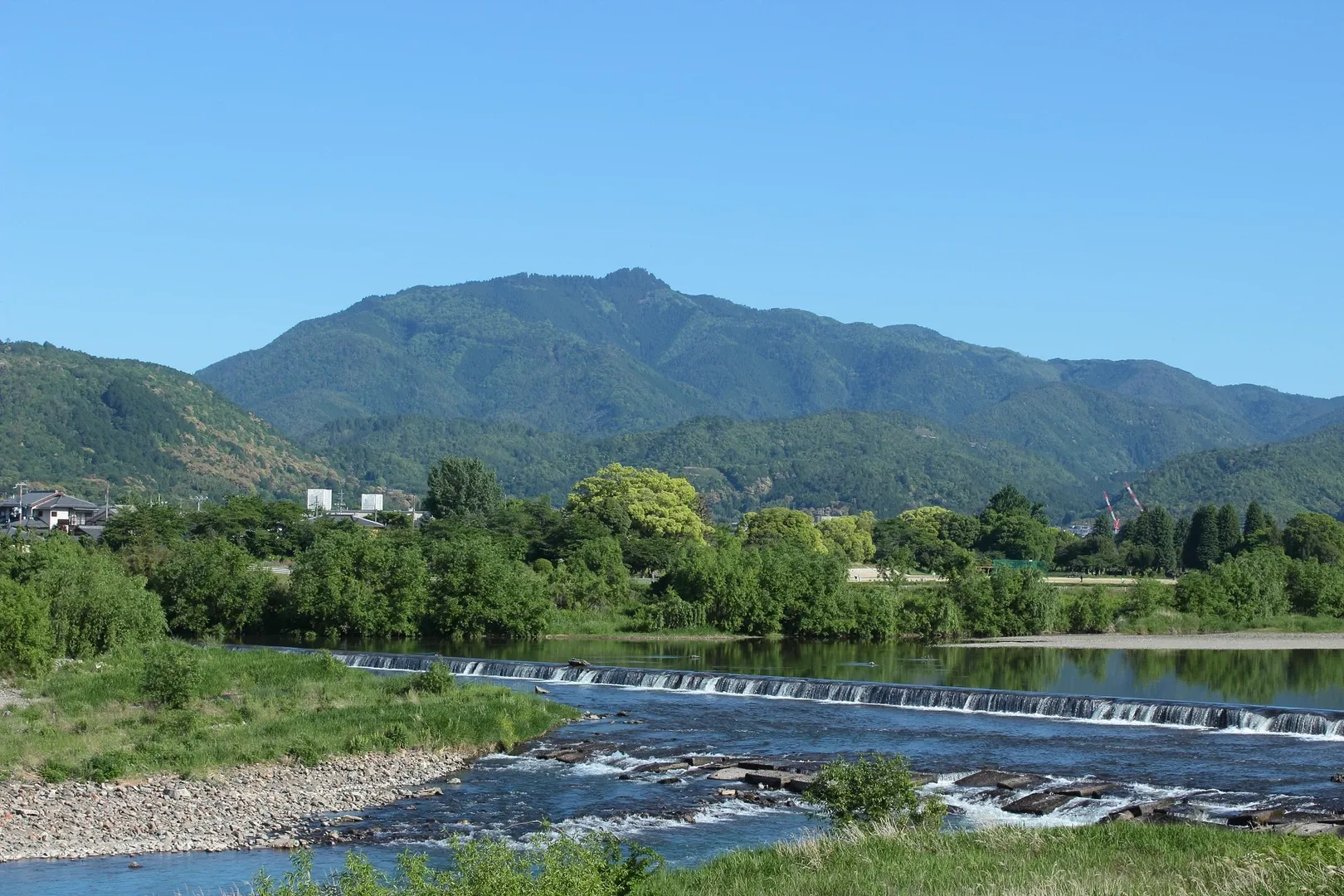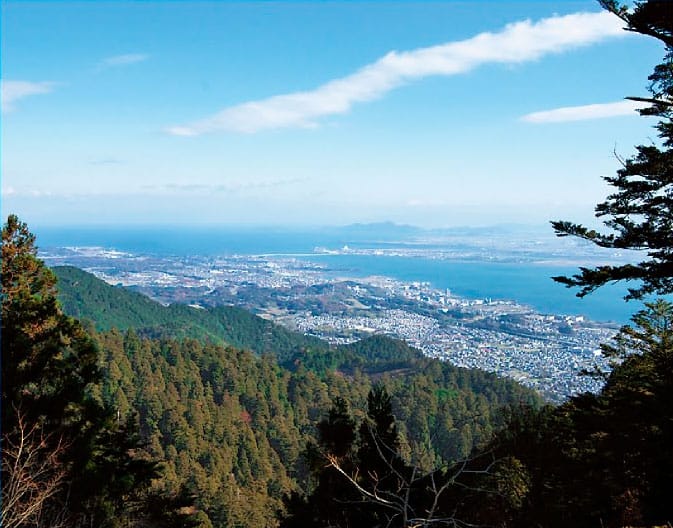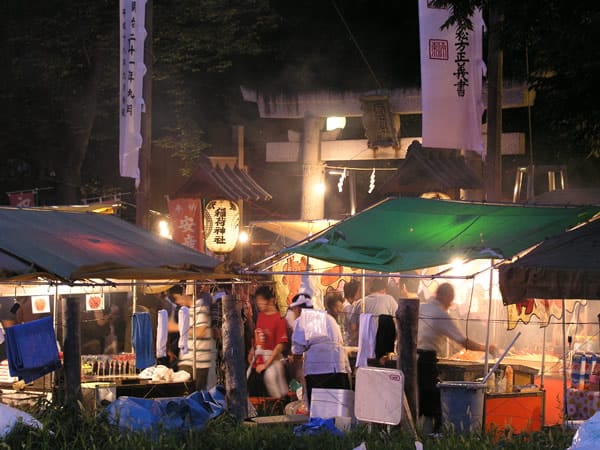The 7 Best Trails & Hikes in Kyoto! Enjoy Scenery and Amazing Nature 2026
I visited Kyoto several times between August and October 2025. I'm updating this article to share the new charms of Kyoto I discovered and to recommend the latest spots worth visiting. In this update, I've also included the newest information about Kyoto for 2026.
Another reason for this update is the growing interest in tours that allow visitors to fully experience Kyoto's traditions and culture.
Due to Kyoto's deep history and traditions, first-time visitors often find it challenging to explore the city efficiently while gaining a deeper understanding. This has led to increasing popularity of guided tours like those offered by Magical Trip, where local guides help tourists navigate the city.
Notably, Magical Trip's tour, which was ranked No.1 among all tours on Tripadvisor in 2024, is experiencing high demand in 2026.

For those who want to experience Kyoto deeply and efficiently, we recommend these two tours. With guides who are well-versed in Kyoto's culture and traditions explaining the tourist spots, you'll enjoy your sightseeing several times more than if you were to explore on your own:
If you're interested in Kyoto's food culture, we also recommend the "Kyoto Night Foodie Tour," which ranked No. 6 among all tours on TripAdvisor in 2024. You can fully enjoy the cuisine of Kyoto, a city that once ranked fourth worldwide for the number of Michelin-starred restaurants.
Introduction
Kyoto is one of Japan's most popular tourist destinations, captivating many foreign visitors with its elegant atmosphere. The city's parks and hiking trails offer a perfect blend of natural beauty and cultural heritage.
Kyoto was the capital of Japan for over 1000 years, serving as the cultural center where many people gathered until the capital was moved to Tokyo in 1869. This rich tradition is still deeply rooted today, with shrines, temples, and historic buildings harmoniously integrated into the lush natural landscape, creating a majestic and profound scenery.
The greatest appeal of hiking in Kyoto is that you can not only enjoy nature but also experience this history firsthand. In this article, we'll introduce you to some perfect spots for hiking in Kyoto. Understanding the historical background of these places will make your Kyoto hiking experience even more fulfilling.
If you are looking for Comprehensive Kyoto Guide, check the article below! I summarized how and where you can enjoy different areas of Kyoto as much as possible.
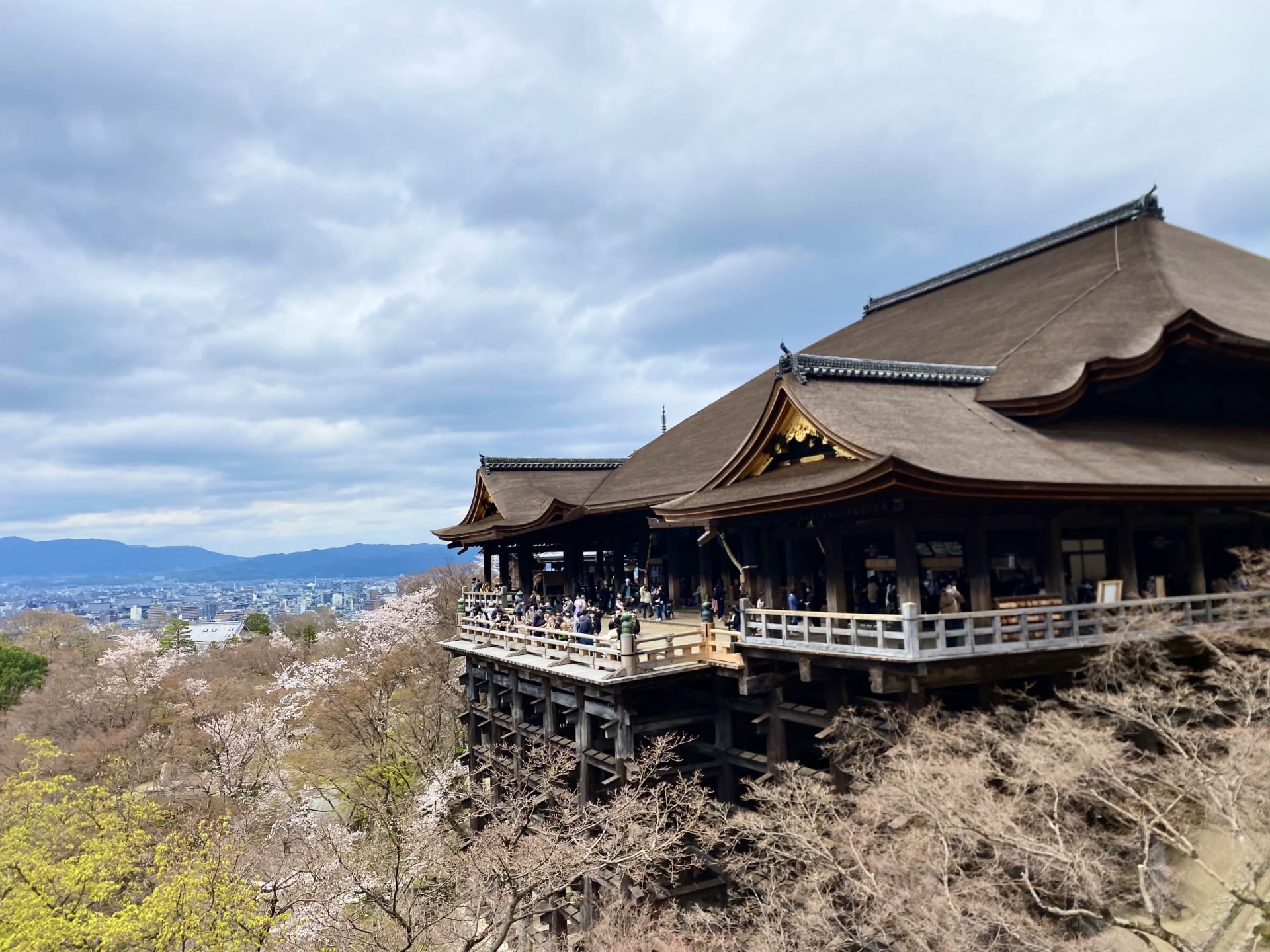
Kyoto Has Many Hiking Spots Where You Can Feel "Nature" and "Traditional Culture"
Kyoto boasts numerous hiking spots surrounded by rich nature, with historic shrines and temples scattered throughout. This is deeply connected to the influence of Shugendo, a unique Japanese religious practice.
Shugendo is a Japanese religion that considers mountains as sacred places and aims to achieve enlightenment through rigorous training of body and mind in these locations. In other words, Kyoto's hiking spots are not just about nature walks; they are deeply rooted in historical and religious backgrounds.
By hiking with knowledge of this historical and religious context, you can have a valuable experience of touching Japan's traditional spiritual culture.
4 Hiking Courses You Can Easily Enjoy in 2-3 Hours
Daimonji Mountain Hiking
Source: YAMAP
In Japan, during the annual Obon period in August, it is believed that the spirits of ancestors return home. Daimonji Mountain is famous for the "Okuribi" ceremony held every August 16th, where a large character "dai" (meaning "big" in Japanese) is illuminated on the mountain with flames. This ceremony is a religious ritual to send the returned spirits back to the other world.
There are several hiking courses, but the most recommended one starts from Keage Station near Nanzenji Temple, passes through Ginkakuji Temple, and descends to the Philosopher's Path.
Benches are installed at the summit, allowing you to relax amidst the lush greenery. A little down from the summit, there's a wide area set up for lighting the Okuribi flames. From this spot, you can enjoy a panoramic view of Kyoto city.
This mountain is easy to enjoy, so please combine it with your Kyoto sightseeing.
Address: Nyoigatake-cho, Ataguchi, Sakyo-ku, Kyoto
Access: Keage Station on Kyoto Municipal Subway Tozai Line
Recommended season: Autumn (for autumn leaves)
Fushimi Inari Hiking (Mount Inari)
Source: Inari-Haneikai
Mount Inari features photogenic vermilion torii gates lined up. Beyond these gates lies a hiking course of about 4km in circumference.
At Yotsutsuji along the way, you can enjoy beautiful views of the southern part of the city or take a break at a tea house before heading to the summit. A little further from Yotsutsuji is Kojinmine, a hidden viewpoint. This spot is quiet with few visitors, allowing you to have the beautiful scenery all to yourself. Be sure to soak in the sacred atmosphere of Mount Inari.
At the Okusha Hohaisho near the entrance, try the "Omokaru Ishi" challenge. It's believed that if you lift this stone and feel it's lighter than you expected, your wish will come true. Conversely, if it feels heavier, your wish may not be granted.
Enjoy this traditional Kyoto entertainment along with your hike.
Address: 68 Fukakusa Yabunouchicho, Fushimi-ku, Kyoto
Access: Right next to Inari Station on JR Nara Line
Recommended season: Early summer
The fresh green leaves and pleasant breeze make it enjoyable.
Fushimi Inari Hidden Hiking Tour
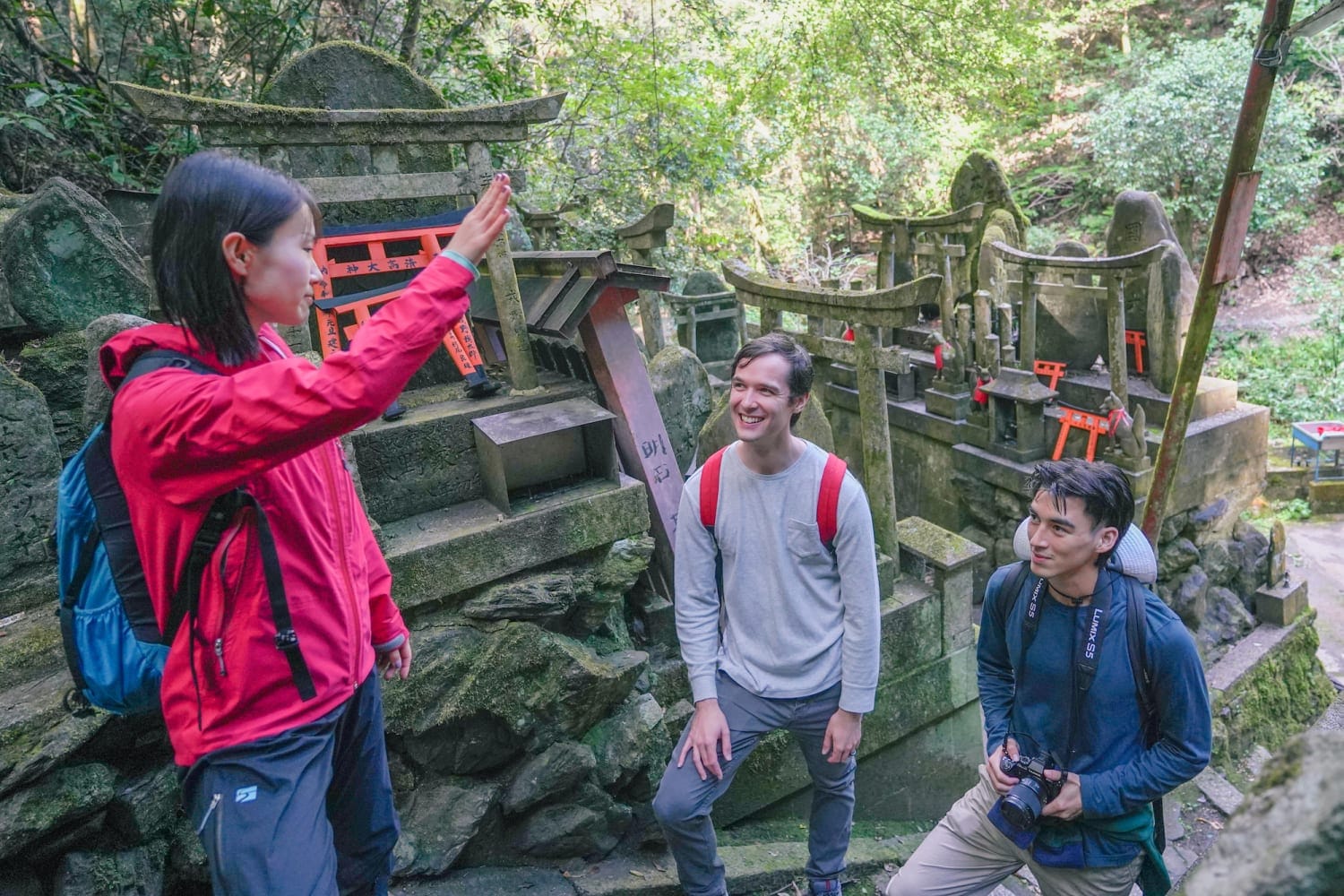
The "Fushimi Inari Hidden Hiking Tour" offers a special way to enjoy Fushimi Inari Taisha, guided by locals who know secrets unknown to regular tourists.
You'll walk through Kyoto's streets and lush bamboo forests while avoiding crowds. The charm of this tour is learning about Buddhist and Shinto beliefs and customs, as well as Japanese history and culture. Even spots that might usually be overlooked have important historical backgrounds.
With detailed explanations unique to locals, you'll gain a deeper understanding of Kyoto. Experiencing nature while learning about the history of Fushimi Inari Taisha and Japanese culture will surely become a special and unforgettable memory.
Daigoji Temple Area Hiking (Mount Daigo)
Source: hiking.coror.net
Mount Daigo hiking allows you to experience Japanese culture and history along with rich nature while enjoying historical landmarks along the way.
The course starts from Rokujizo Station, climbs Mount Hino, passes through Kamidaigoji Temple near the summit, and traces down to Shimodaigoji Temple at the foot of the mountain.
One highlight is the view from Panorama Rock on Mount Hino. You can see the townscape of Joyo City and Fushimi Ward in Kyoto Prefecture, and even the skyscrapers of Umeda and Abeno Harukas in Osaka in the distance. The beauty will make you forget the fatigue of hiking.
Another attraction is the "Daigosui" in Kamidaigo. This sacred water, which has been flowing since 847, is the origin of Daigoji Temple's name. The delicious and cold water will quench your thirst.
Through hiking, why not deeply feel the fusion of Japanese history and nature by touching the historical buildings of Daigoji Temple?
Address: Daigo Daigoyama, Fushimi-ku, Kyoto
Access: 30 minutes walk from JR Rokujizo Station (to Mount Hino trailhead)
Recommended season: Spring
Daigoji Temple is famous for its cherry blossoms, with Toyotomi Hideyoshi planting 700 cherry trees in 1598 for a grand party. Late March, when the cherry blossoms bloom, is recommended.
From Kurama Temple to Kifune Shrine (Mount Kurama)
Source: maimai-kyoto.jp
The hiking course from Kurama Temple to Kifune Shrine is an attractive route that takes you through Kyoto's nature and historical places of faith.
Kurama Temple has long been known as a spiritual mountain for mountain ascetic practices. It's also famous as a place associated with Tengu, mythical creatures deeply connected to mountain worship.
Furthermore, the pattern in front of Kurama Temple's Golden Hall is said to be modeled after a mandala, a sacred Buddhist diagram. It's believed that standing in the center of the triangle grants cosmic power. Kurama Temple can truly be described as a place overflowing with energy.
Passing through the mountain path from Kurama Temple, you'll reach Kifune Shrine, which enshrines a water deity. Kifune Shrine is a place of faith for improving fortune. At Kifune Shrine, why not try the popular and accurate Mizuura fortune-telling? The fortune slips come with QR codes and are available in English, allowing you to enjoy Japanese culture in English as well.
The charm of this hiking course is that you can spend healing time in a nature-rich place full of energy, bathing in refreshing air. You'll surely feel refreshed both mentally and physically.
Address: 1074 Kurama Honmachi, Sakyo-ku, Kyoto (Kurama Temple)
Access: 4-minute walk from Kurama Station to Nio-mon Gate
Recommended season: Early summer
The temperature is always a few degrees lower than in the city center, making it refreshing even during Kyoto's hot summers.
3 Hiking Courses Where You Can Fully Enjoy Nature in 4-6 Hours
Takao to Kiyotaki Hiking (Western Kitayama)
Source: mapple.com
The Takao to Kiyotaki hiking course is a route that takes you through the rich nature and historical sites of western Kitayama in Kyoto. With no significant elevation changes and well-maintained walking paths, it's suitable for beginners.
The course starts from Jingoji Temple in Takao and proceeds to Kiyotaki along the Kiyotaki River, enjoying the beauty of the valley. Before starting, you might want to visit Jingoji Temple and experience the "Kawarake Nage" ritual to ward off bad luck.
Along the way, you can feel the grandeur of nature with beautiful forest roads of Kitayama cedar used in traditional Japanese wooden architecture, dynamic rock walls, and emerald green water surfaces. The sound of the river flowing through the valley will soothe your heart. You'll also feel the Japanese atmosphere with scattered historical stone Buddhas and old bridges.
Immerse yourself in the cool and dynamic nature of Kyoto.
Address: Takao, Umegahata, Ukyo-ku, Kyoto
Access: 10-minute walk from "Takao" bus stop on JR Bus
Recommended season: Spring
With many maple trees, you can enjoy the beauty of fresh green leaves in spring.
Mount Atago Hiking
Source: YAMAP
Mount Atago is the second highest mountain in Kyoto City, with Atago Shrine at its summit, known as the deity of fire prevention and extinguishment. In an old Kyoto custom, fire prevention talismans from Atago Shrine are pasted in kitchens.
There are several hiking courses, but the most popular route is the main approach from Kiyotaki, passing through mysterious waterfalls and the quaint Tsukinowadera Temple before returning to Kiyotaki.
While daytime hiking is good, if your schedule allows, it's recommended to participate in the "Sennichi Mairi" held on the night of July 31st. Sennichi Mairi is a special day when climbing once is said to bring the benefits of a thousand days of worship.
On this day, people descending greet those ascending with "Onobori yasu," while those ascending greet those descending with "Okudari yasu." This warm exchange, unique to this day, is also a highlight.
When you climb Mount Atago, don't forget to get a fire prevention talisman. Also, during Sennichi Mairi, remember the greetings "Onobori yasu" and "Okudari yasu" to enjoy interactions with locals.
Address: Saga Atago-cho, Ukyo-ku, Kyoto
Access: Right at Kiyotaki bus stop on Kyoto Bus (trailhead)
Recommended season: Summer
The night of July 31st to August 1st, when "Sennichi Mairi" is held, is recommended.
From Shugakuin to Enryakuji Temple (Mount Hiei)
Source: Official website
The Mount Hiei hiking course from Shugakuin to Enryakuji Temple is a route that takes you through nature and historical training grounds. The entire Mount Hiei is part of the World Heritage site Enryakuji Temple grounds, known as a place where monks have undergone rigorous training.
The course starts from Shugakuin and aims for the summit while walking along the ascetic's path of the Sennichi Kaihogyo, a monk's training regimen. Sennichi Kaihogyo is a practice where monks walk tens of kilometers every day for seven years, visiting sacred places on Mount Hiei and worshiping. By walking the same path as the training monks, you can feel the sacred energy.
Near the summit, you can enjoy breathtaking panoramic views with Kyoto's cityscape to the west and Lake Biwa in Shiga Prefecture to the east. You can also enjoy an aerial walk by using the Eizan Ropeway along the way.
Walking while feeling the rich beauty of Mount Hiei, which is also a place of ascetic practice, will surely calm your mind.
Address: Ichijoji Idegaya Chosenguchi, Sakyo-ku, Kyoto
Access: Get off at Shugakuin Station on Eizan Electric Railway
Recommended season: Spring
In May, you can enjoy a carpet-like scenery of blooming azaleas covering the area in pink.
Precautions When Hiking in Kyoto
Wear Appropriate Clothing and Equipment
For the Kyoto hikes introduced here, you don't need full-scale mountaineering wear. However, it's generally best to wear long-sleeved shirts and long pants that allow easy movement and avoid skin exposure. Choosing clothes made of moisture-wicking, quick-drying materials will make your hiking experience more comfortable.
The nature-rich mountain paths in Kyoto can have rough terrain, and there's a possibility of encountering insects or snakes, so sturdy shoes that protect your feet are necessary.
Follow Hiking Etiquette
When hiking in Kyoto, adhere to proper etiquette. First, check your route on a map beforehand. Although mountains like Daisen and Atago are not very tall, there have been over 40 rescue incidents annually.
Additionally, many Kyoto hiking trails are tied to local beliefs. Avoid littering and picking plants to respect the area’s cultural significance.
